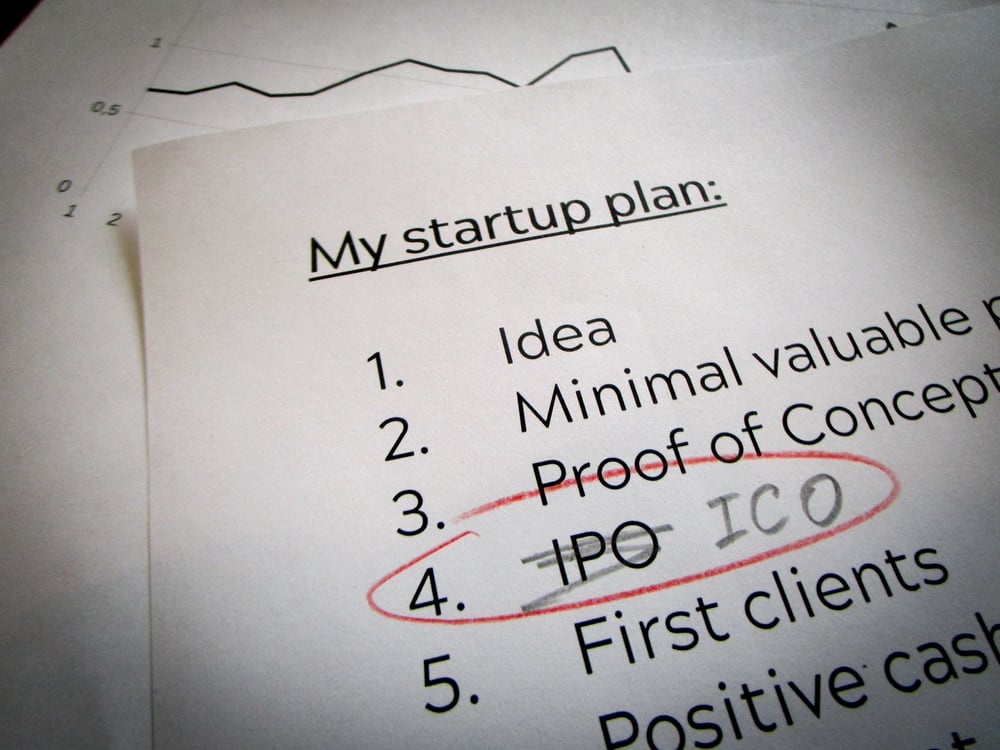100 ICOs Launching Every Month in 2018, Generating $13.7 Billion: PwC

Source: Shutterstock
PwC, a Big Four auditor alongside KPMG, Deloitte, and EY, reported that 537 initial coin offerings (ICOs) conducted in the first five months of 2018 generated $13.7 billion.
Where Did $13.7 Billion Come From and Where Did it Go?
The report cited Daniel Diemers, the head of Blockchain EMEA at PwC Strategy, who in cooperation with Crypto Valley and four researchers based in New York, Hong Kong, and Zurich, found that ICO activity has actually increased in 2018 despite the 70 percent correction of the cryptocurrency market.
The PwC report entitled “Initial Coin Offerings: a Strategic Perspective” read:
“[Researchers] highlighted continued growth and popularity of ICOs globally in 2018, with over 537 ICOs conducted in the first five months of this year, raising a combined total of $13.7 billion USD – more than all ICOs which took place before 2018 combined. Going forward this quarterly report on global ICO activity will continue to track the changes and developments in the industry as it undergoes continuous expansion and substantive change.”
The vast majority of the funds received by 537 token sales in the first and second quarter of 2018 likely came from investors that already held large sums of bitcoin and ether, the native cryptocurrency of the Ethereum network, as to invest in tokens, investors are required to send BTC and ETH to the project operators.

Contrary to the claims of many analysts and investors, token sales demonstrate an endless cycle in the market of fund circulation. While it is true that ICOs eventually dump large amounts of BTC and ETH to the market, those funds are bought again by investors who then fund other ICOs with BTC and ETH. New capital was not injected into new tokens; existing players in the crypto market used their crypto holdings to invest in ICOs.
In February, Fortune reported that half of ICOs from 2017 have already failed and died, disappearing from the global crypto market. Throughout 2017, ICOs demonstrated a shocking 46 percent failure rate, and if projects that fade away due to lack of community support and capital are also considered, the failure rate surges to 59 percent.
ICO Market is Improving
Diemers, who extensively evaluate and research emerging blockchain projects and the state of the crypto market at PwC, said that after the blockchain hype in 2017, the ICO sector has evolved and matured. He emphasized that as the legal and investor relations aspect of ICOs improves in the upcoming months, the failure rate of ICOs will decline and more projects will find success with appropriate partners and investors.
“After all the hype of 2017, this year has seen the ICO sector becoming more mature and established, with an improved focus on best business and legal practice, investor relations, and fundraising. Hybrid models of combined Venture Capital and ICO financing are increasingly bringing together the best of what both have to offer so that the soundness of a business is validated while it realizes its market potential by receiving crowd support,” Diemers said.
Featured Image from Shutterstock